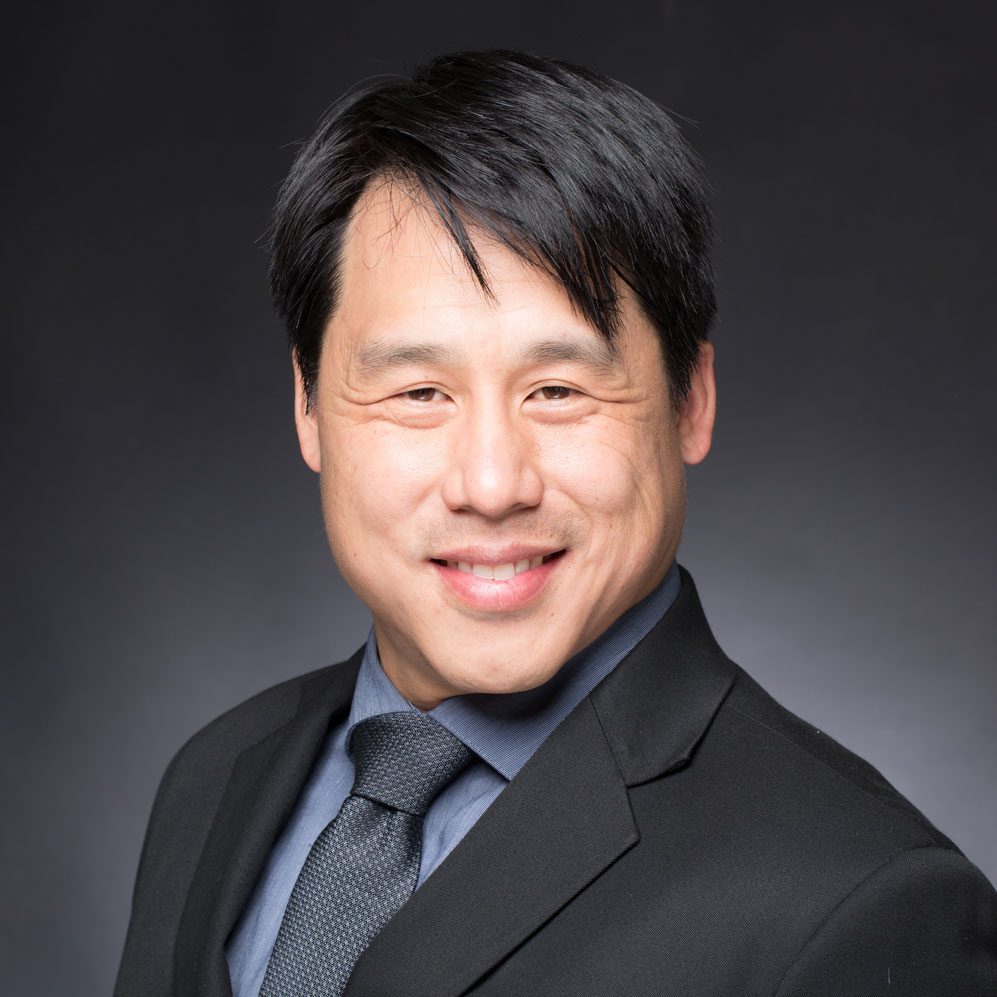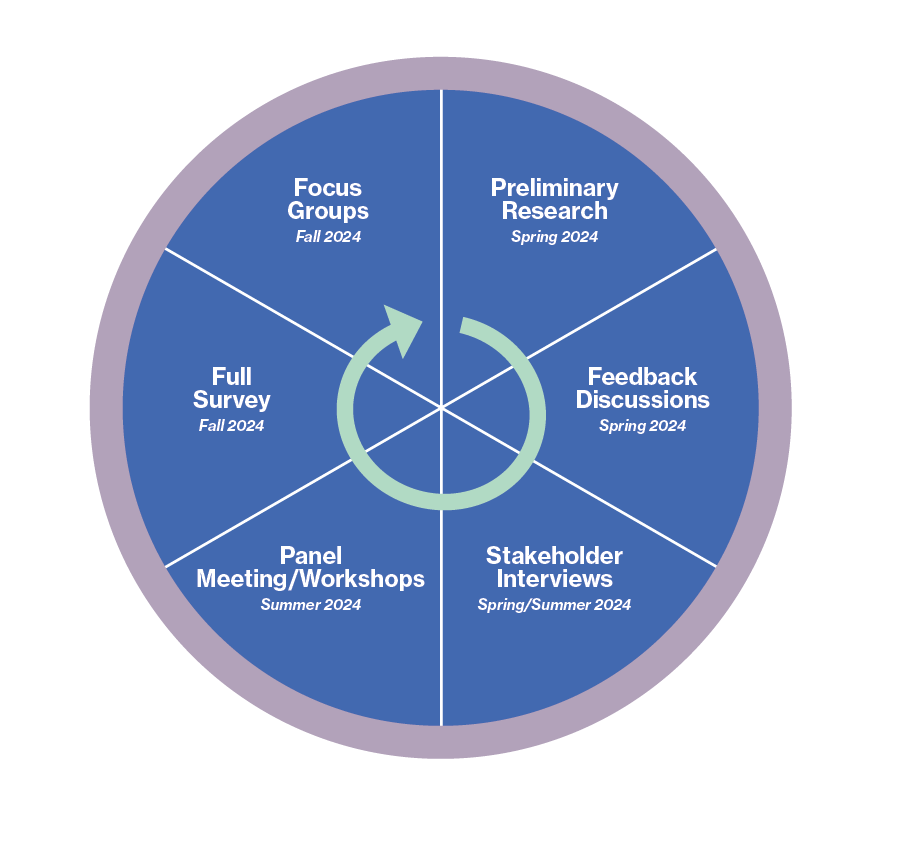
Abby is a professor of psychiatry who specializes in a condition she calls duosis. Abby is always correct and truthful. Duotic patients, those with duosis, each belong to only one of two types. Patients of the Morning type are perfectly right about everything when the time is in the AM hours and completely wrong about everything when the time is in the PM hours. Evening types are the same except with AM and PM reversed.
Abby briefs a student, S1, about a duotic patient, A. She tells S1 that A believes at a particular time, T, that he is both Evening type and T is in the PM hours. S1 asks Abby whether it would be possible to determine if T was in the AM or PM if Abby let him know A’s type. Abby answered that question, but it was still impossible for S1 to determine A’s type.
Abby also tells student S2 about A being duotic and believing himself to be both Evening type and in the PM hours at time T, but nothing else. S2 asks whether it would be possible to determine A’s type if she told him whether T was AM or PM. Abby answered that question, but it was still impossible for S2 to determine A’s type.
You now have enough information to determine what type is A. What type is A?
Know the answer? Send your solution to ar@casact.org.
Straightedge and Compass Geometry
Bob Conger has once again submitted a thorough solution and discussion to this problem that can be found here (click on the image to download the written solution):
The short answers are:
- The ratio r of angle ∠ABC to angle ∠EAC is one third.
- Using only a straight edge and compass, in only the traditionally accepted ways of Euclidean geometry, it is not possible in a finite number of constructive steps to construct a new angle ∠θ whose ratio to angle ∠XYZ is r. This type of angle trisection construction was proven impossible by French mathematician Pierre Wantzel in 1837. This impossibility is also a corollary of Galois theory, developed around the same time. However, Archimedes (circa 287-212 B.C.) had long before shown that if a marked ruler is also allowed, it is possible to trisect angles in a technique called “nueusis construction.”
Solutions were also submitted by Andrea Altomani, Andrew Bower, Jim Muza, John Noble, Dave Oakden and Jonathan Robinson.















